It Could Go at Least 88 MPH
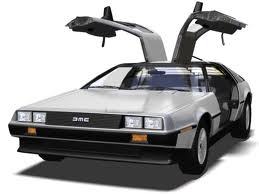
Production of the iconic DeLorean DMC-12 sports car begins in Dunmurry, Northern Ireland. While not truly a technological achievement, the DeLorean became known as a symbol of the high-tech 1980’s.
Concorde Begins Commercial Flights
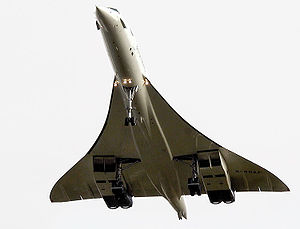
Commercial service of the Concorde begins with the London-Bahrain and Paris-Rio routes. The only commercial supersonic jet, the Concorde could travel between New York and London in about 3.5 hours. The Concorde flew commercially for 27 years until being retired on November 26, 2003.
The Happy99 Worm Appears
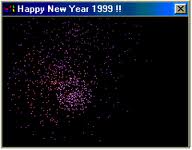
The Happy99 worm first appeared. It invisibly attached itself to emails, displayed fireworks to hide the changes being made, and wished the user a happy New Year. It was the first of a wave of malware that struck Microsoft Windows computers over the next several years, costing businesses and individuals untold amounts of money to resolve.
Don’t Call a Lemming a Lemming
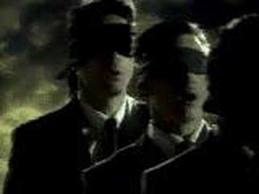
Apple airs their infamous Lemmings commercial during Super Bowl XIX to launch their ill-fated “Macintosh Office” software. The ad was widely considered a failure because the commercial seemingly insulted its intended audience. Perhaps Microsoft should study their tech history before airing any more Windows Phone commercials?
The Super Fight
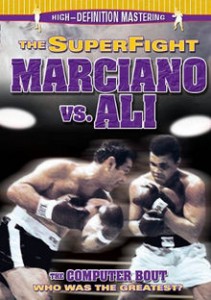
“The Super Fight“, a computerized, fictional boxing match between Muhammad Ali and Rocky Marciano “took place” today. The fictional fight was created by filming Ali and Marciano acting out every possible scenario in a fight and the result was then determined using probability formulas entered into a computer. The final fight was only shown once in 1500 cinemas around the world and later released as a DVD.
BlackBerry Introduced
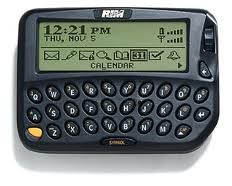
RIM introduces the BlackBerry. The original BlackBerry devices were not phones, but instead were the first mobile devices that could do real-time e-mail. They looked like big pagers. I should know. I had one on my hip for two years while working at Anheuser-Busch in the early 2000’s. In 2001, I visited the BlackBerry production facility in Waterloo, Ontario, Canada. It was surprisingly small at the time. They way I heard it, the name “BlackBerry” came from the similarity that the buttons on the original device had to the surface of a blackberry fruit. Those crazy Canadians!
IBM Loses $5 Billion
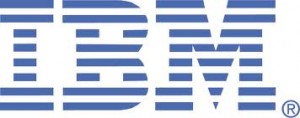
IBM announces a nearly $5 billion loss for fiscal year 1992. Several years of losses in the early 1990’s were the result of sweeping changes to the computer industry in the 1980’s that IBM was slow to recognize. Ironically, the biggest catalyst to this change was the rise of the personal computer. IBM helped create the most popular personal computing platform, but lost control of the platform to Microsoft and “IBM-compatible” clones of their original design. The monster they created in the PC industry nearly caused their own collapse. One indicator of this shift was the phrase “no one ever got fired for buying IBM” was replaced with “no one ever got fired for buying Microsoft”. IBM eventually reorganized its business, focused on its core strengths, and has recovered.
Apple Lisa Introduced
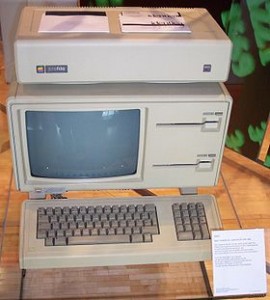
The Apple Lisa, the first commercial personal computer to have a graphical user interface and a computer mouse, is announced. At a cost of $9,995, the Lisa ended up being a commercial failure for Apple, but many of the technologies developed for the Lisa made its way into the Macintosh computer.
Neon Lighting Tube Patented
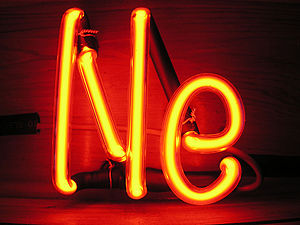
The neon-lighting tube was patented by Frenchman Georges Claude. In 1923, Georges Claude and his French company Claude Neon, introduced neon gas signs to the United States, by selling two to a Packard car dealership in Los Angeles for $1,250 apiece. Neon lighting quickly became a popular fixture in outdoor advertising.
The Superjumbo is Unveiled
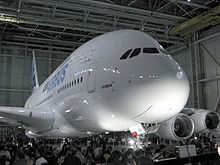
The Airbus A380, the world’s largest commercial jet and nicknamed the “Superjumbo”, is unveiled at a ceremony in Toulouse, France.
